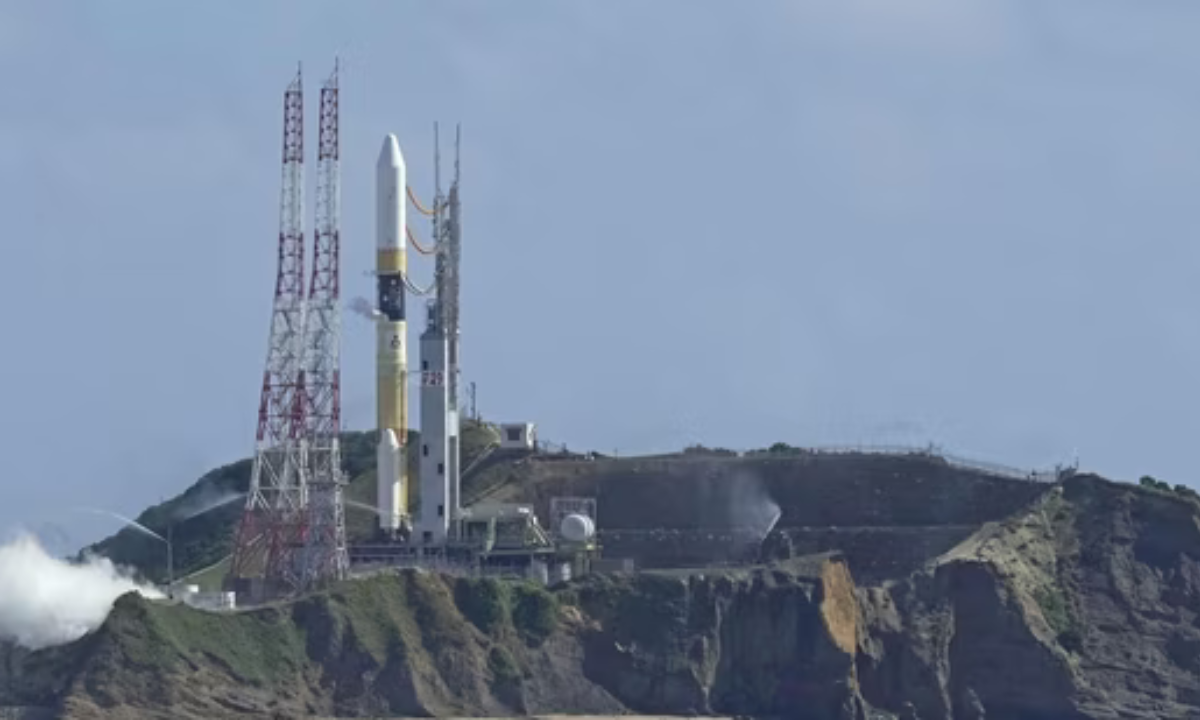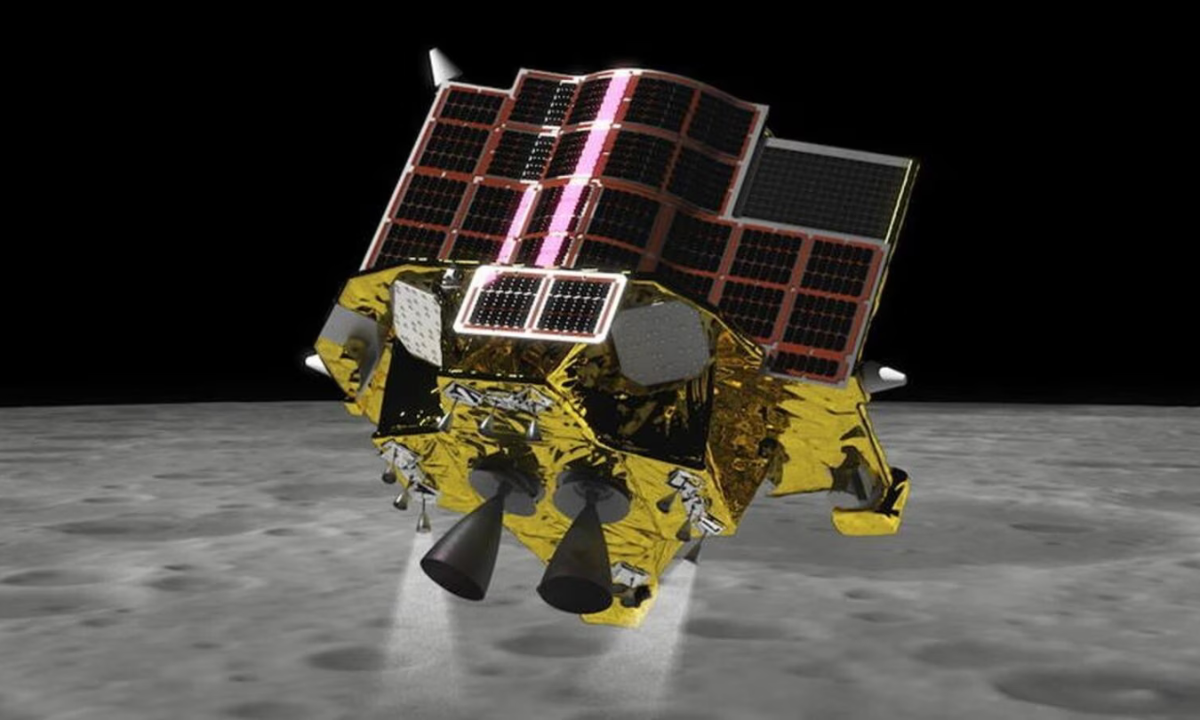Unfavorable weather forced Japan to delay the planned launch of an H2A rocket carrying the lunar probe Smart Lander for Investigating the Moon (SLIM), according to NHK. On August 28, the launch was scheduled to occur from the Tanegashima Space Center in Kagoshima Prefecture.
A major step forward in Japan's efforts to investigate the moon is the SLIM probe, developed by the Japan Aerospace Exploration Agency (JAXA). It will try to perform the country's first lunar landing and perform tasks like studying Moon rocks and demonstrating precise landing techniques.

The SLIM mission is essential for Japan to succeed in being the fifth nation in the world to successfully land a probe on the Moon. The US-led Artemis program, which intends to facilitate crewed lunar missions, would benefit from this accomplishment's vital data contributions.
The H2A rocket is also transporting the X-Ray Imaging and Spectroscopy Mission (XRISM), a joint venture between JAXA, NASA, and other organizations, at the same time as the SLIM launch. This dual launch highlights Japan's commitment to supporting space science and exploration.
The launch preparations for the H2A by JAXA included careful checks of shared components. Concerns resulting from the H3 rocket's less-than-stellar launch in March were eased by this focus on detail.

Following India's successful landing of the Pragyaan rover through the Vikram Lander on the Moon as part of the Chandrayaan-3 mission by the Indian Space Research Organization (ISRO), Japan launched its own lunar expedition.
Japan's plans to explore the moon coincide with important developments in the industry. A significant accomplishment for India recently was the successful landing of the Chandrayaan-3 lander module near the Moon's South Pole.
With this accomplishment, India joined the US, China, and Russia as the fourth nation to successfully perform a lunar landing. It was a remarkable comeback following the catastrophic landing of the Chandrayaan-2 mission four years prior.
© Copyright 2023. All Rights Reserved Powered by Vygr Media.
























